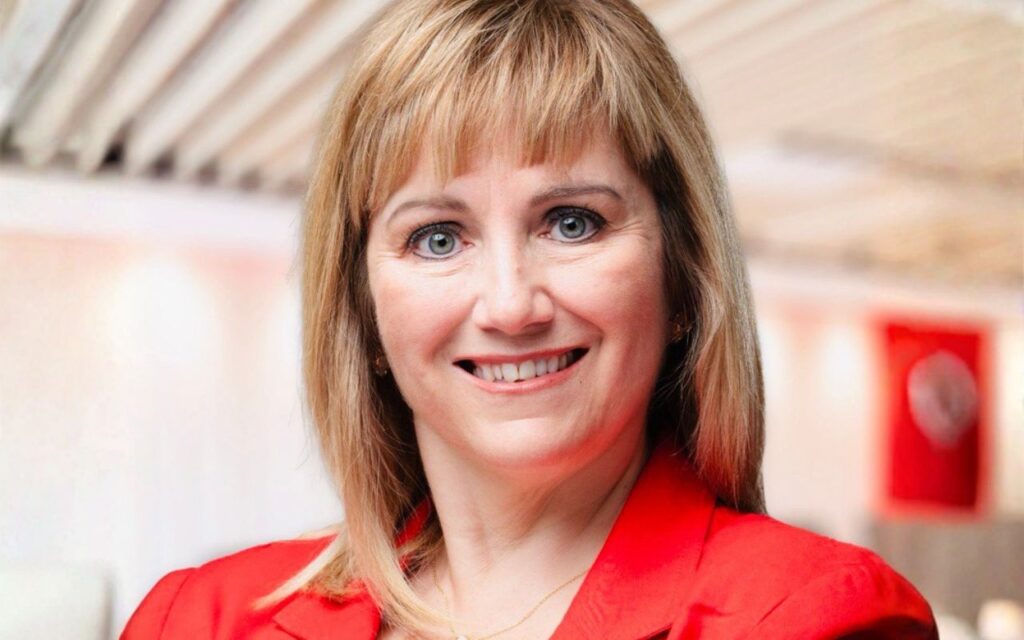
Several months ago, a woman, let’s call her Samira, reached out to me on social media. She was the first and only racialized leader in her organization, a position she had occupied for 18 months. However, Samira was emotionally drained, on the verge of burnout, and ready to leave her organization.
As the only racialized leader, Samira was tasked with establishing and heading her organization’s first DEI committee, a role she did not seek out but was expected to lead. Without any additional resources and with very limited capacity, the role became too demanding. Samira requested additional resources to support her, including hiring someone into a full-time role. However, she was told the organization did not have the budget to do so. She buckled down and did her best to fulfill her substantive role while also leading the organization’s DEI committee.
Samira had established trust among employees, and several of them had brought their concerns to her. From complaints about pay disparities among women and racialized employees, to complaints about transphobic microaggressions from colleagues, Samira spent hours each day supporting employees. She would work late into the night to make up for the lost hours at work.
When she raised some of the employee concerns with management, Samira was met with resistance. Management wanted the DEI committee to focus their efforts only on recruitment and did not have any interest in addressing the DEI issues across the organization.
Despite Samira’s efforts, she began to realize the limitations of her role as a DEI leader and, without meaningful support from management, she was unable to effectively lead the DEI committee. Samira questioned her role within the organization, and after several months of feeling isolated, stressed, and fatigued, she began to plan her exit strategy.
Unfortunately, Samira is not an anomaly. I have met with many DEI leaders who are hired into roles but do not have the support, resources, and authority to carry out their duties and advance meaningful change. These include board members who lead DEI committees at the governance level; C-suite leaders, such as Chief Diversity Officers; employees who chair employee resource groups; and volunteers who lead DEI initiatives across the organization.
However, there are many ways in which organizations can support their DEI leaders and enable them to thrive in their roles.
Invest in DEI leaders

Not only are DEI leaders responsible for fulfilling their substantive roles, they have taken on the additional labour of leading DEI initiatives, often without remuneration. If your organization does not have a full-time DEI position, depending on its size and needs, it may be necessary to hire someone to lead this work.
It is not enough to hire one DEI leader or set up a single DEI committee, especially in larger organizations. Advancing DEI is everyone’s responsibility; therefore, it is important for organizational leaders to redistribute DEI roles and responsibilities across the organization.
For smaller organizations that do not have the financial means to hire someone, it is still important to invest resources to support such a role. If your organization has an employee-led DEI committee, take steps to ensure that these employees are supported. Recognize their involvement in DEI committee work as leadership competencies during performance reviews. Offer flexible work arrangements for DEI leaders or DEI committee members such as remote work, flexible hours, or additional leave.
Support the mental health and well-being of DEI leaders
Leading DEI work within an organization is challenging and emotionally taxing. People often turn to DEI leaders to address their traumatic experiences. DEI leaders who listen and support people may not themselves receive the mental health support to navigate these challenging situations.
It is important for organizations to acknowledge the mental health impact of leading DEI work. They should offer mental health support as well as access to wellness programs, all of which should be culturally relevant and responsive.
In doing so, organizations must already demonstrate a commitment to mental health and well-being. Efforts to support the mental health of DEI leaders in an organization that stigmatizes or does not invest in mental health will fall flat.
Give authority to DEI leaders

Many DEI leaders report feeling isolated, silenced, and frustrated that their roles are not being taken seriously or their advice is being dismissed. DEI leaders often feel like they are working in silos when in fact, DEI should permeate all aspects of an organization’s governance, operations, and culture.
Organizations need to empower DEI leaders to meaningfully shape and drive DEI initiatives. One important way to do so is to ensure that DEI leaders are part of the senior management team.
When a DEI leader occupies a senior position in the organization, they have more authority to influence decisions, policies, and practices on DEI. The organization also communicates to internal and external stakeholders that it values and prioritizes DEI.
Another way to provide authority to DEI leaders is for them to report directly to the board and senior management team.
Providing direct access to the board and senior management team allows DEI leaders to speak directly, without their advice or concerns being filtered. It also provides an opportunity for senior management and the board to ask questions and to understand the opportunities and challenges the DEI leader is facing. Overall, such an approach reinforces accountability and transparency, while also empowering the DEI leader to address critical issues with those who have decision-making power.
The position of a DEI leader can be incredibly fulfilling and also depleting, negatively impacting mental health and well-being. By investing in DEI leaders, supporting their mental health, and giving them the authority to lead this important work, organizations can drive meaningful and sustainable change.








